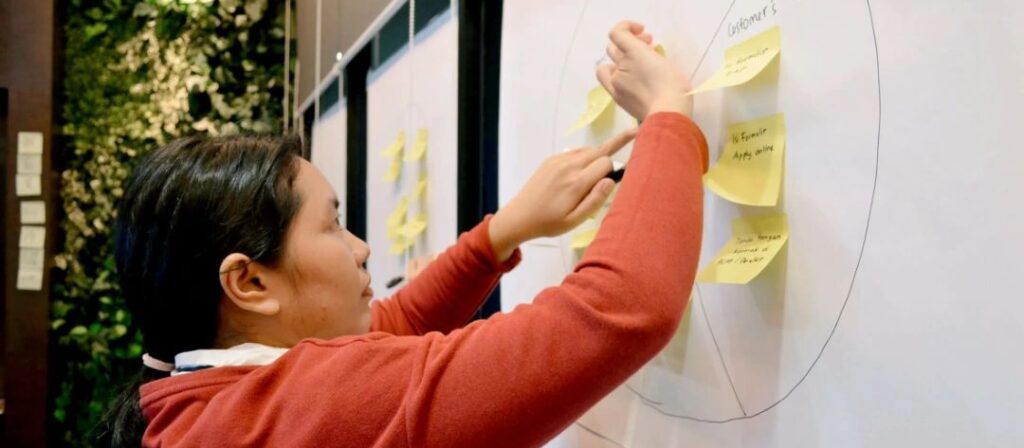
Photo by UX Indonesia on Unsplash
In a world teeming with innovation and digital wonders, user-centered design stands as a guiding principle—a compass pointing the way to solutions that truly matter. This design philosophy revolves around one essential idea: putting people first. It’s a commitment to creating products and experiences that not only function well but are also a joy to use, empathetically crafted with the user’s needs and desires at the core.
The concept of user-centered design is nothing new; it’s been a central theme in successful product development for decades.
However, in the ever-evolving landscape of technology and user expectations, it has taken on a renewed significance.
The Influential Design Philosophy of IDEO

Hacin | Image Source
IDEO, founded in 1991 by David Kelley, Bill Moggridge, and Mike Nuttall, is a global design and innovation firm that played a pivotal role in popularizing and championing user-centered design (UCD). The company’s mission revolves around creating positive and sustainable impacts through human-centered design thinking.
IDEO’s approach encompasses a deep understanding of the end-users, empathy-driven design, rapid prototyping, and interdisciplinary collaboration to develop innovative solutions. The firm’s extensive portfolio spans across various industries, from healthcare and technology to education and consumer goods.
In essence, IDEO embodies the principles of user-centered design, putting people at the center of the design process to create products, services, and experiences that cater to real human needs and desires.
The Essence of User-Centered Design
User-centered design, also known as UCD, is not confined to a single process or formula. Rather, it’s a flexible and iterative approach to design that keeps the user as its primary focus. At its heart, UCD is a commitment to understanding the people who will use a product or service and designing with their best interests in mind.
Here are some key principles of user-centered design:
1. Empathy: To create solutions that genuinely serve the user, it’s vital to see the world from their perspective. This means engaging with real users, listening to their feedback, and understanding their needs, preferences, and pain points.
2. Iteration: UCD involves an ongoing process of design, testing, and refinement. It acknowledges that the first attempt may not be the best, and continuous improvement is the path to excellence.
3. Collaboration: UCD is not the work of a lone genius but a team effort. Designers, developers, researchers, and users work together to create the best solutions.
Why User-Centered Design Matters
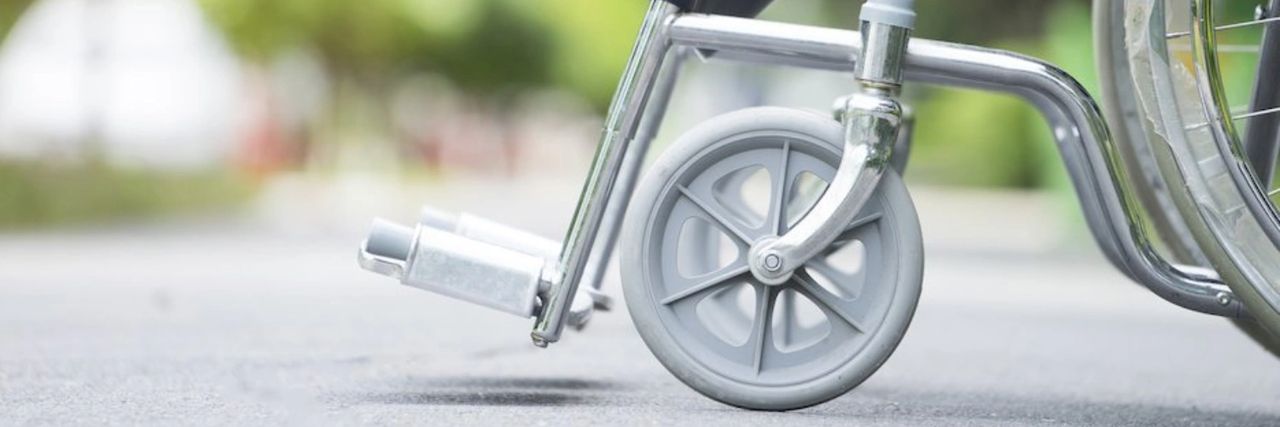
Creating a Wheelchair-Friendly Home: A Complete Guide | Image Source
User-centered design goes beyond aesthetics; it’s about functionality, usability, and relevance. Here are some reasons why UCD is essential:
1. Enhanced User Satisfaction: When a product is thoughtfully designed with users in mind, it not only meets their needs but often exceeds their expectations. This leads to higher user satisfaction and loyalty.
2. Reduced Friction: By addressing user pain points and simplifying interactions, UCD reduces friction in the user experience. This, in turn, can boost user engagement and retention.
3. Accessibility and Inclusivity: UCD fosters products and services that are accessible to a broader range of users, including those with disabilities. It promotes inclusivity and diversity.
4. Competitive Advantage: In today’s competitive landscape, offering a superior user experience is a strategic advantage. UCD can set your products and services apart from the crowd.
Incorporating UCD into Your Design Process

Photo by ZMorph All-in-One 3D Printers on Unsplash
Embracing user-centered design involves several steps:
1. User Research: Start by understanding your users. Conduct surveys, interviews, and observations to gain insights into their behaviors, needs, and motivations.
2. Ideation: Brainstorm and explore multiple design concepts that cater to user needs.
3. Prototyping: Create rough drafts or prototypes to test your design concepts. This helps identify potential issues early.
4. Testing: Engage users in testing your prototypes. Gather feedback and make improvements.
5. Iteration: Refine your designs based on the feedback received. Continue testing and improving until you achieve an optimal solution.
6. Refine: Then repeat steps 3, 4, and 5 until the user is satisfied.
User-centered design is more than a design philosophy; it’s a commitment to human-centric innovation. By putting people first, you can create products and experiences that truly matter, improve lives, and stay ahead in a competitive market.
A better you starts today!
Sources
Hacin: https://www.hacin.com/portfolios/ideo-cambridge/
Creating a Wheelchair-Friendly Home: A Complete Guide: https://www.southbayresidential.com/wheelchair-accessible-home-modifications/

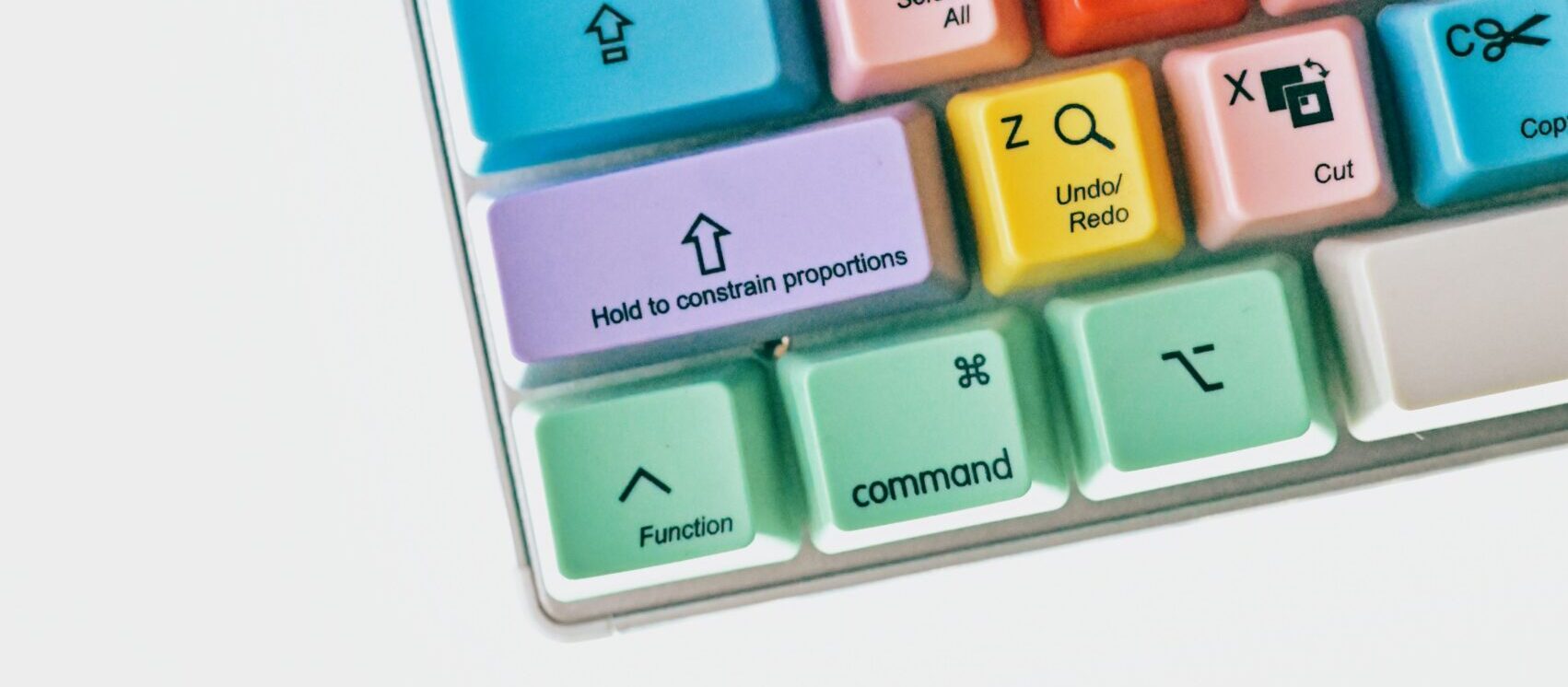
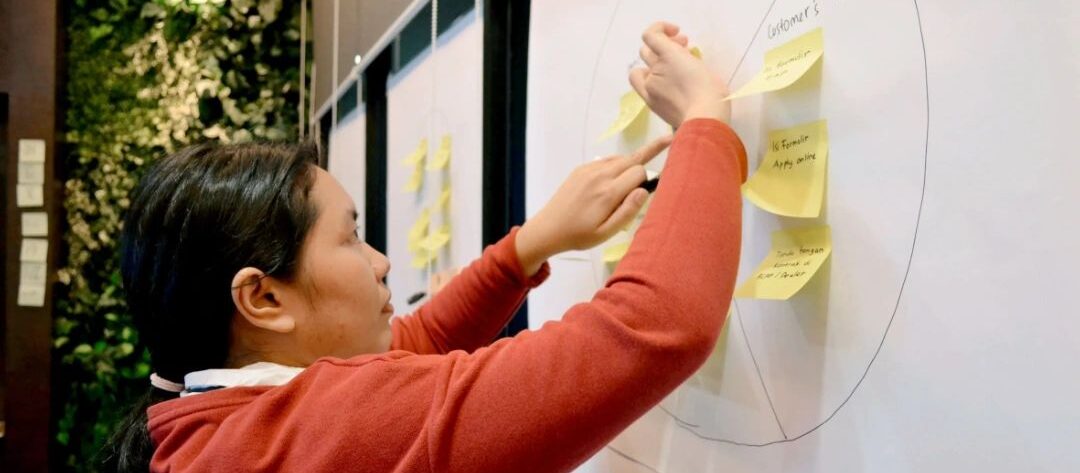
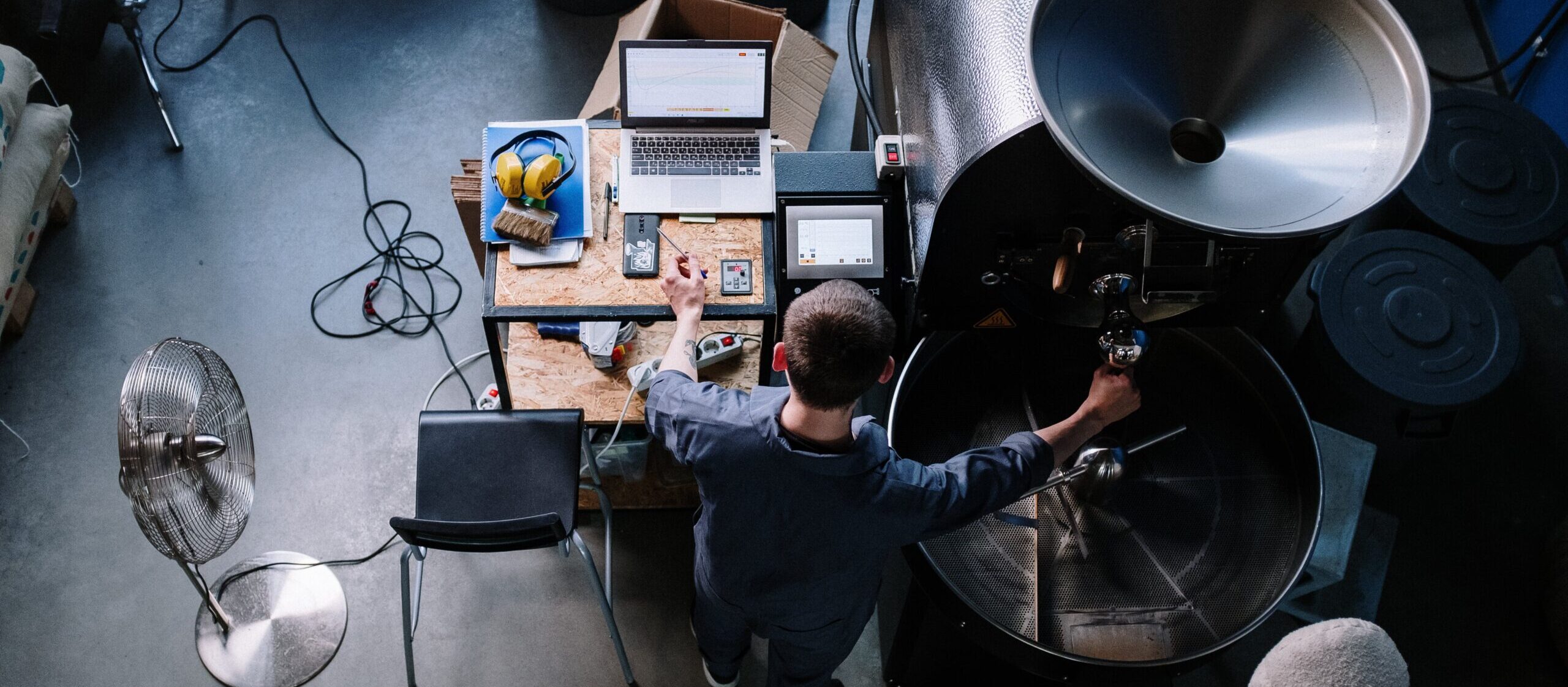

Leave a Reply